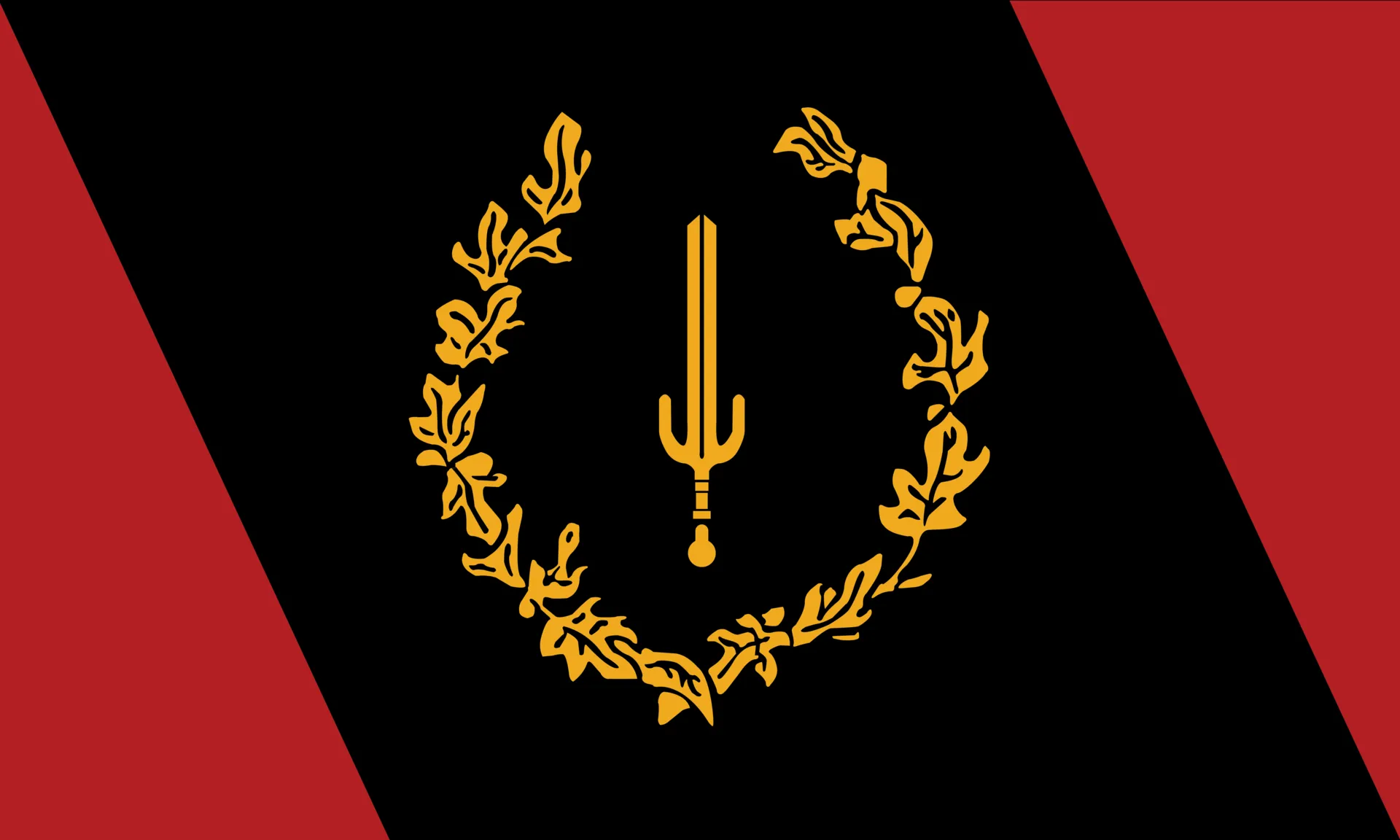The American Freedmen
by Alfonso Lenox Gober Jr.
Introduction
This book is the culmination of a lifetime of hope, despair, and disillusionment with the current state of American politics generally, and American race relations specifically. The Black American is currently in a slow-simmering, at times explosive, crisis of leadership and identity left unresolved by the failures of Reconstruction and the Civil Rights Movement. Much was clarified for me when I confronted the fact that it falls to my generation to learn the unlearned lessons and forge a path forward for our people in the American wasteland.
My next question to myself was, “Well, what am I supposed to do? I’m one person!”. You may have asked yourself the same question if you grew up as I did, a middle-class Black American who had the privilege of a good education and gainful employment within corporate America as an adult. This particular race-class stratum has a unique purpose and destiny to lead our people through the most profound transformation we have experienced since the 1860s.
But how is this to be done? Will it be accomplished by protesting? Running around with shotguns? Guilt-tripping white liberals? Pandering to white conservatives? Denouncing our men, or our women? Denouncing the light-skinned or dark-skinned? Hating white people, or imitating white people? The central thesis of this book, my life’s theoretical work, is that all of these phenomena are symptoms of the same fundamental failure on the part of the Black American to **develop his own authentic ethnic political economy and ideology**, in order to straddle and manage the forces unleashed by competition between nationalists and integrationists, men and women, liberals and conservatives, as well as the middle-working and underclasses of Black America.
This book is dedicated to the late Harold Cruse, whose book The Crisis of the Negro Intellectual formed the theoretical and historical background for my thinking on the subject. I highly recommend reading it before reading this, though it’s not a requirement.
Harold Cruse
In The Crisis, Cruse establishes the historical context for the creation and further development of a truly Black American philosophy and political economy, through a series of essays critically examining all of the “foreign” ideological tendencies influencing the Negro (such as Marxism), and also undertakes what few Black thinkers have even attempted to do since DuBois and Frazier - a comprehensive class analysis of Black Americans and the unique challenges presented by our socioeconomic status as a group.
In this book I put forward a theory and propose a set of institutions that we’ve been missing. It is not meant to be a dogma, but rather, a framework - a guiding set of principles around which we can organize and actually operationalize our influence using new institutions, to improve the overall material and political condition of Black America - specifically those of us descended from the millions of men and women freed by the Civil War.
This is who we *really* are, not Black, Negroes, Colored, or anything else. We are American Freedmen.
© 2025 Alfonso Lenox Gober Jr.
